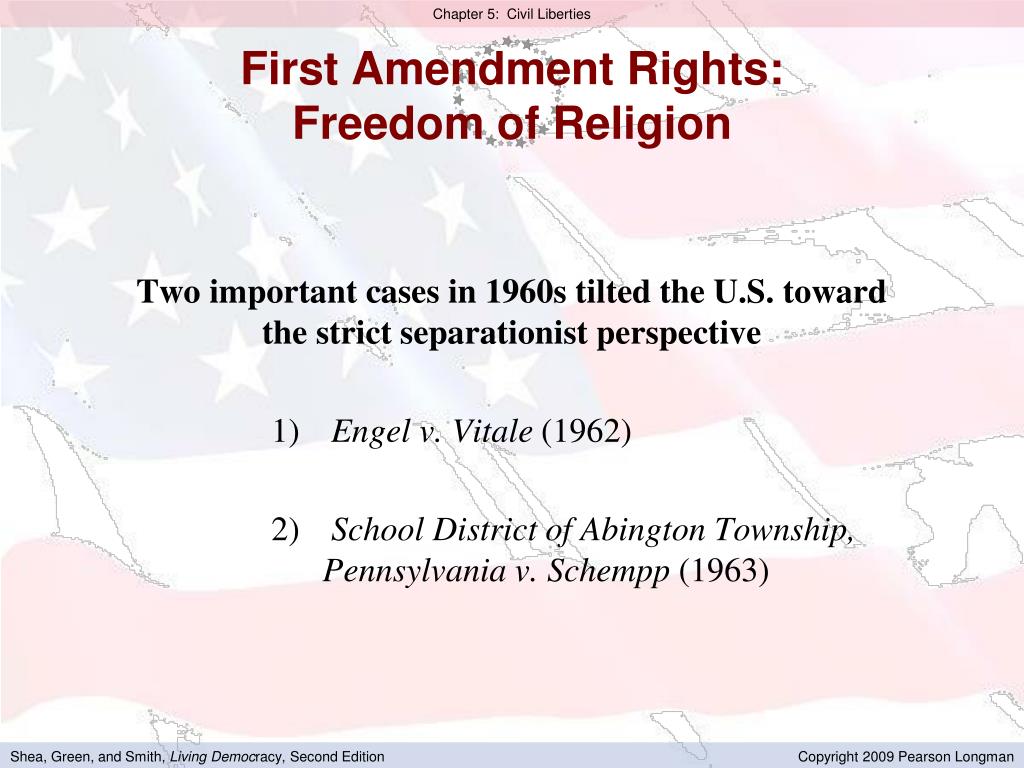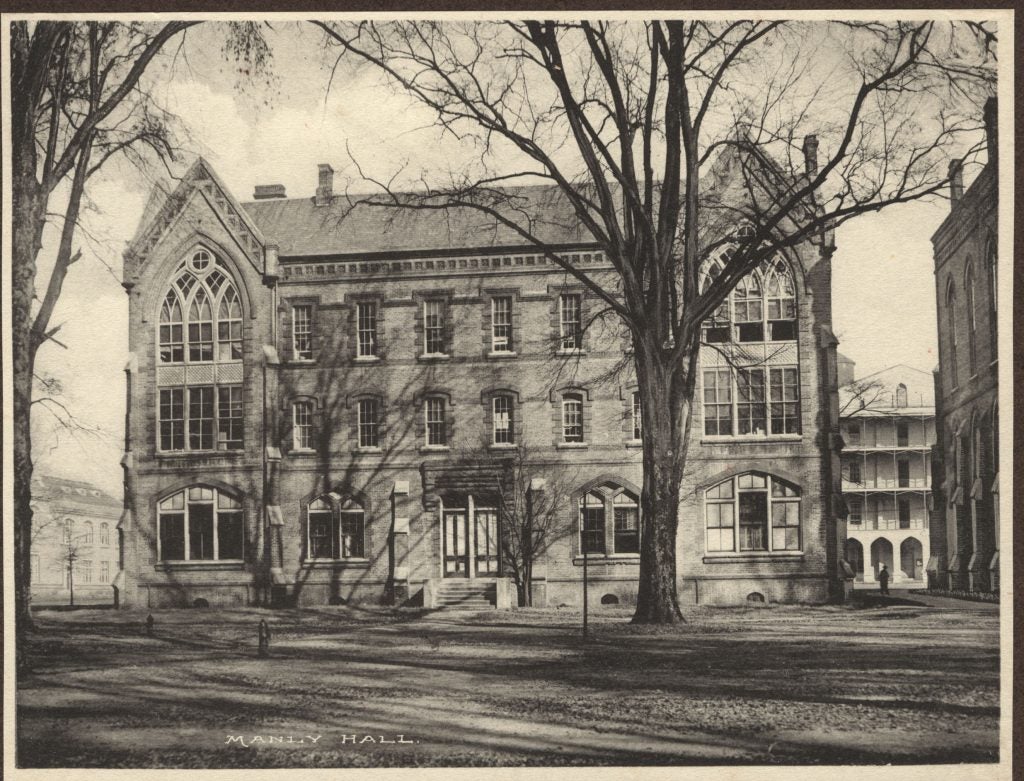

421 (1962)) and School District of Abington Township, Pennsylvania v. In the 1960s, the Court considered prayer in classrooms during instructional time in Engel v. To understand the impact of this case and where it may lead, a review of the Court’s treatment of school prayer through the years is crucial.

As a result, school board members and administrators are grappling with how this pivotal decision applies to their schools and what prayer activities are akin to the type of prayer the Court found did not violate the Establishment Clause in Kennedy. In its highly fact-driven decision, the Court determined that a high school football coach, Joseph Kennedy, was protected by the Free Exercise Clause when he knelt at midfield after games to offer prayer of thanks. 2407 (2022)) has catapulted both clauses into the national spotlight. Supreme Court’s recent opinion in Kennedy v. How these clauses interact and their application to real-life situations have been the subject of cases brought before courts throughout the nation since its founding.

These clauses - the Establishment Clause and the Free Exercise Clause, respectively - of the First Amendment to the United States Constitution provide parameters for government actions related to religious activity and religious beliefs.


 0 kommentar(er)
0 kommentar(er)
